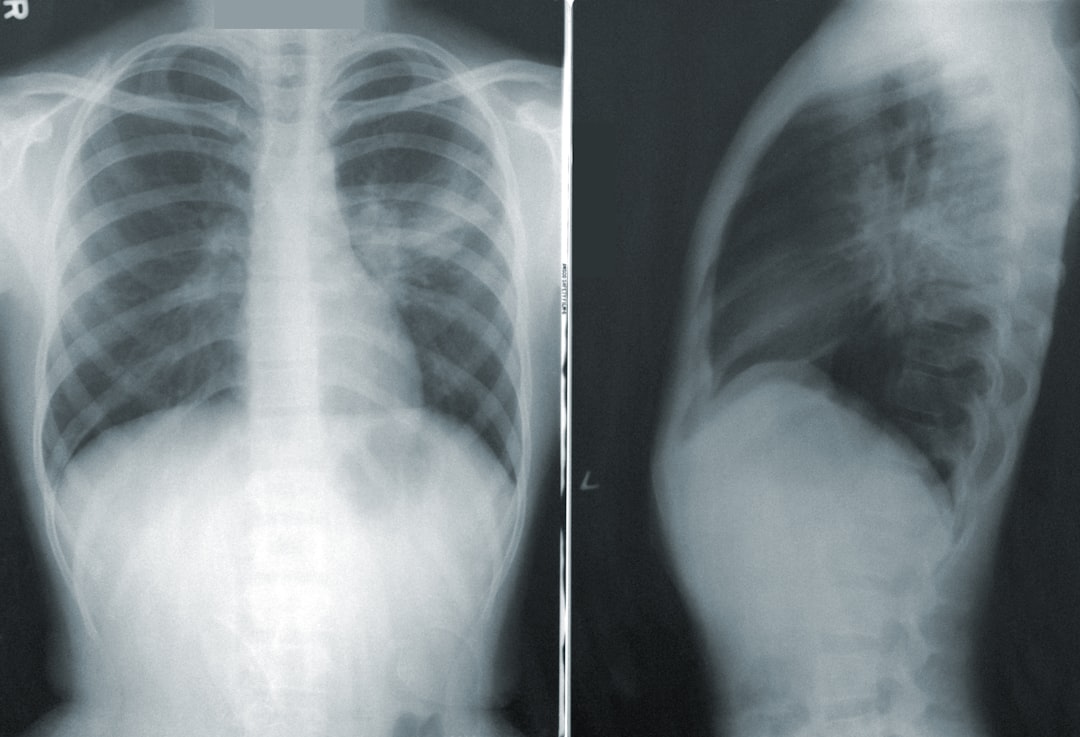What is it about?
In this review, we aim to discuss the importance of the gut microbiome in our nervous system, anatomy, and signalling pathways involved in the regulation of the gut-brain axis, the alteration of the gut microbiome in CNS injuries, and the therapeutic strategies to target gut microbiomes in traumatic CNS injuries.
Featured Image

Photo by julien Tromeur on Unsplash
Why is it important?
The gut microbiota plays a crucial role in traumatic central nervous system (CNS) injuries due to its influence on immune function and neuroinflammation. Following trauma, disruptions in the gut microbiota can lead to dysbiosis, exacerbating inflammation and impairing the body's ability to modulate immune responses. This dysregulation can potentially worsen secondary injury cascades in the CNS, prolonging recovery and exacerbating neurological deficits. Additionally, emerging evidence suggests that the gut-brain axis, a bidirectional communication pathway between the gut and the CNS, is significantly impacted by alterations in gut microbiota composition. Thus, understanding and modulating the gut microbiota may offer novel therapeutic avenues for mitigating the deleterious effects of traumatic CNS injuries.
Perspectives
The gut microbiota plays an important role in developing and progressing CNS injuries through various processes, including immunological, endocrine, metabolic, and neurological pathways. Despite increasing research outputs on gut microbiota, some critical issues need to be investigated. To begin with, the makeup of human gut microbiota differs from that of rodents. Even though firmicutes and bacteroidetes are the most prevalent microbiota in both mice and humans, more than 80 % of the bacteria discovered in mice intestines are not colonized in human intestines. The immunological characteristics also vary between rats and humans. At the same time, the impact of enteroviruses, fungi,and bacteriophages must not be overlooked. In the past 10 years, research in SCI and TBI, like so many other human disorders, has missed the potential effect of bacteria and their viruses, owing to technical restrictions that kept our understanding below par. However, several instances of bacteria play supportive, if not causative, roles in disease etiology. The ecogenomic toolkit would allow a more holistic, ecosystems biology approach for studying CNS-related injuries, which should assist in untangling the intricate interaction along the virus/ microbe-GBA as long as new methods and methodologies become more widely accessible to the larger scientific community. There have also been several reports indicating how TBI would lead to changes in intestinal microbiota in terms of structure, function, and immunity. Continuous efforts should concentrate on identifying the signals that induce these changes so that they may be used as targeted therapy targets. The therapeutic modalities including, FMT, probiotics, and gene therapy, dramatically ameliorate brain and spinal cord damage by correcting the acute CNS injury-induced dysbiosis of the gut microbiota. Furthermore, the translatability of these therapeutic modalities to human treatment needs to be contemplated. To be successful, treatment must result in substantial improvements in patient outcomes, such as enhanced long-term motor or cognitive performance. We may be able to remove this form of secondary brain and spinal cord damage and dramatically improve outcomes for the millions of people who suffer from traumatic CNS injuries each year if research efforts continue in the right direction.
Mr Lahanya Guha
Read the Original
This page is a summary of: Gut microbiota and traumatic central nervous system injuries: Insights into pathophysiology and therapeutic approaches, Life Sciences, December 2023, Elsevier,
DOI: 10.1016/j.lfs.2023.122193.
You can read the full text:
Resources
Contributors
The following have contributed to this page










